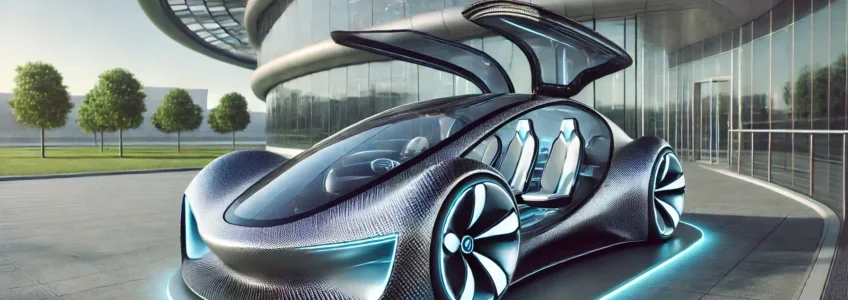Toyota’s Hydrogen Combustion Engine vs EVs: Is the Market About to Change?
While the automotive world seems fully committed to electric vehicles, Toyota has made a bold move with their new hydrogen combustion engine that could disrupt the trajectory of clean transportation. This recent announcement has sent shockwaves through the industry, with claims that their hydrogen combustion engine may outperform and potentially “destroy” the current EV market.
But what makes this innovation so significant? And could it really challenge the dominance of battery electric vehicles? This article explores the key technology, what problems it aims to solve, and the broader implications for the future of mobility.











Recent Comments